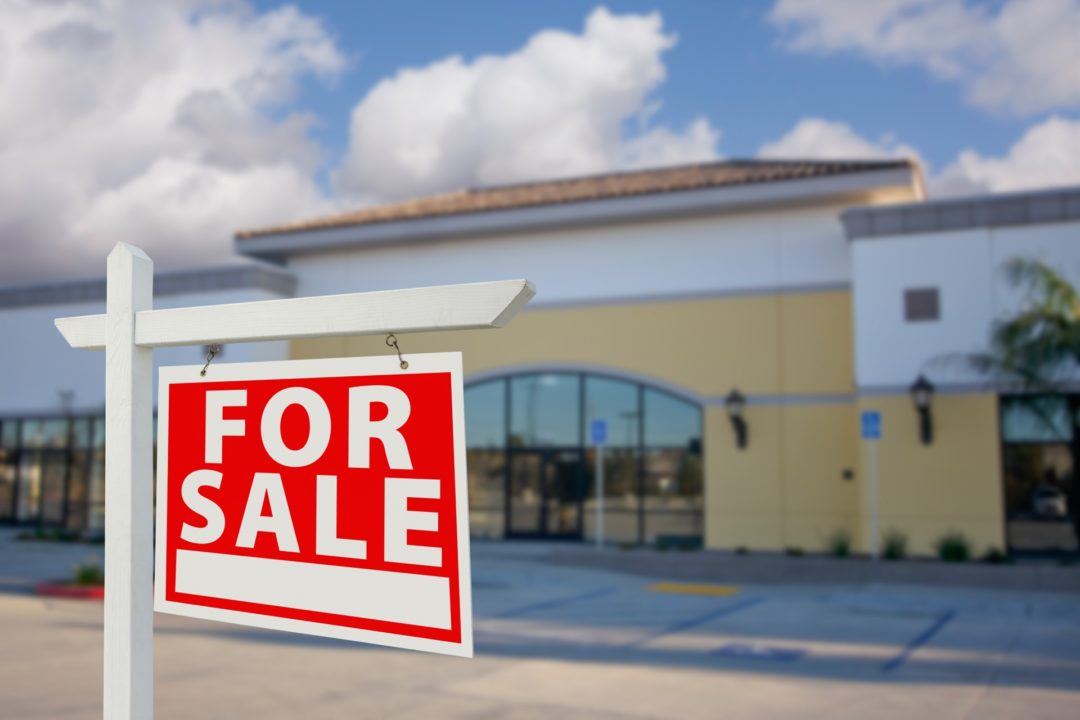1. Detach yourself emotionallyfrom the value of your business, so that you can negotiate effectively with prospective buyers, business brokers, bankers, accountants, and spouses! Your first wake-up call may be realizing your lifelong effort is not worth what you hoped it would be. Be prepared.
2. Figure out your real profitsfor each of the past five years. The current most-accepted definition of profits for retail businesses is “earnings before interest, taxes, depreciation and amortization,” or “Ebitda.” This means you should include your regular operating expenses like rent, payroll, marketing and advertising, but exclude any interest payments on loans, any taxes on profits, and any annual scheduled deductions—depreciation—for your fixtures and equipment. If you’ve recently expanded or materially changed the size or product mix of your store, use only the period of time since these changes were completed to measure annual profits.
3. Prepare to discussyour annual sales growth, or lack of it. Best case scenario: your sales have consistently grown each year, giving your buyer reason to believe their investment will pay back sooner than if sales were flat or declining. If your sales are flat or declining, you must rely solely on the absolute amount of true profit (see No. 2 above for a definition of “profit.”) For example, if your business is throwing off $1 million in Ebitda annually, but sales are flat or declining slightly, that is still a substantial amount of real profit dollars a buyer would be interested in capturing.
4. There may be legitimate adjustmentsto profits you and your buyer need to make to reach a fair value for your business, beyond some multiple of annual Ebitda profits (more on “multiples” later). Typically, the largest adjustment will be for your refrigeration, fixtures and other equipment, based on how long they have been in service. A buyer has a reasonable argument that fixtures and equipment older than seven years need to be replaced. While the amount will depend on what type of store you have—one with heavy perishables and lots of refrigeration, or a store offering mostly non-perishable vitamins and supplements—expect your buyer to negotiate for money to update them.
5. Some adjustments to profitsmay work in your favor. Many owners pay themselves a hefty salary, above and beyond what it would cost to replace themselves with a manager that can do all the things the owner does for the business. This “excess compensation” belongs on the bottom line, fattening up your Ebitda. Also, if you are leasing a personal car and running it through the business, when there is no legitimate business-specific purpose for the car, those lease costs also drop to your bottom line. In one of the most common “fringe benefits,” owners will often take product out of the store for personal use. The better you keep track of the value of these product withdrawals, the easier it will be for the buyer to believe profits are higher by this amount.
6. One adjustment that won’t workin your favor is if you aren’t compensating yourself fairly for the hours you put into the store. Many owners work 40 to 60 hours per week managing many aspects of the business yet pay themselves a small fraction of what it would cost to replace themselves with an outside manager. If this is the case for you, it is worth thinking about what your job duties are, and how much you would realistically have to pay to get someone else to do them competently. The amount you arrive at comes off your bottom line Ebitda.
7. In Part I in September, we discussed inventory, pointing out it is one of the biggest stumbling blocks to reaching a fair value for your business. The most common misperception sellers have is that inventory is somehow separate from the value of the business; proposing the value as “X-dollars plus inventory.” But inventory is not a separate value. Just like refrigeration and freezers, you need a certain level of inventory—falling within a predictable range—to produce the sales your store achieves. Yes, inventory value varies widely from week to week, month to month, and season to season. But you can adjust for these variances after agreeing on a base amount of inventory the store needs to generate its level of sales. In an amicable negotiation, buyer and seller would agree well ahead of time that inventory value needs to fall within a range of one or two percentage points. Any amount above this value at the time of closing would go to the seller as a credit, and any amount below it crediting the buyer. If a one or two percentage point difference in the value of inventory looks like it is going to be a deal breaker, it means either you or your buyer are uncomfortable for other reasons.
Normalized EbitdaSo, you’ve figured out your annual profits going back five years, or back to the last time you expanded or materially changed the product mix or size of your store. You’ve made adjustments to profits (Ebitda) to account for the cost of replacing your older fixtures and equipment; for underpaying or overpaying yourself for the work you do; for any unusual expenses like a personal car lease you run through the business, and for any product you remove from the store for personal use.
What you now have is adjusted, or “normalized,” Ebitda. This is the number most buyers, brokers, accountants and bankers will want to use as the basis for valuing your business. Value Using Multiples of Ebitda.
In a good market, where the national economy is growing, where your sales have been consistently increasing each year, where you are in a stable position relative to any competitors in your trade area, where your local economy is vibrant, where the industry is producing innovative new products—think CBD—and where we have friends at the FDA and on Capitol Hill, a reasonable multiple-of-earnings would be five or six times annual Ebitda. In a poor market, where the national economy is not growing, or is shrinking, where your sales have been flat or declining, where competitors in your trade area directly threaten your business, where your local economy is stagnant, where the Feds have seized CBD products and removed them from the shelves, where the folks running FDA are cozy with certain Senators from states with close ties to the American Medical Association and Big Pharma, and where we don’t enjoy enough support from industry champions on Capitol Hill, a likely multiple-of-earnings would be two or three times annual Ebitda.
There is an exception to the multiple-of-earnings method of valuing a retail business. If your store—or stores—is of a size, product mix, and market position similar to that of a larger natural products competitor, you may be a “strategic acquisition.” Meaning, by buying you, this competitor can bolt on additional sales, eliminate duplicate overhead expenses, such as marketing and accounting, and take advantage of what is known as “synergies” that immediately increase profits. In this case you may enjoy a premium over the normal two-to-six-times multiple-of-earnings valuation method.
Finding a BuyerDepending on your Ebitda, you will have more or fewer options for selling your business. If your Ebitda is under $100,000, you will have to be creative in finding a buyer. Perhaps one of your customers would be interested in taking over your store. Word of mouth may work best here. If you aren’t able to identify anyone able to take over, you may want to consider liquidating your inventory and cashing out.
If your Ebitda is larger, a general business broker may be willing to work with you to find a buyer using their network of small investors looking to start a new career. Typically, these individual buyers will be able to access funds of up to $200,000, so if the value of your business is greater, they may need to borrow additional funds from lenders, one of which may be you.
If this is the case—and it often is in the sale of small businesses—make sure your buyer has personally invested at least 20% of the value of the sale. This “skin in the game” acts as an insurance policy your buyer won’t simply hand you back the keys and walk away. If you are taking back a note, it should be for no more than 20% of the value of the sale. This will limit your exposure and ensure that you get the bulk of the value—80%—on day one.
Should you sell to your employees? This path is fraught, but by following the guidelines we’ve just described above, you’ll limit your risk. If you’d like help in answering questions about selling your store, please contacteditor@wfcinc.com. Good luck!JJ
Jay Jacobowitz is president and founder of Retail Insights®, a professional consulting service for natural products retailers established in 1998, and creator of Natural Insights for Well Being®, a comprehensive consumer marketing service designed especially for independent natural products retailers. With 40 years of wholesale and retail industry

experience, Jay has assisted in developing over 1,000 successful natural products retail stores in the U.S. and abroad. Jay is a popular author, educator, and speaker, and is the merchandising editor of WholeFoods Magazine, for which he writes Merchandising Insights and Tip of the Month. Jay also serves the Natural Products Association in several capacities. Jay can be reached at (800)328-0855 or via e-mail at jay@retailinsights.com.










